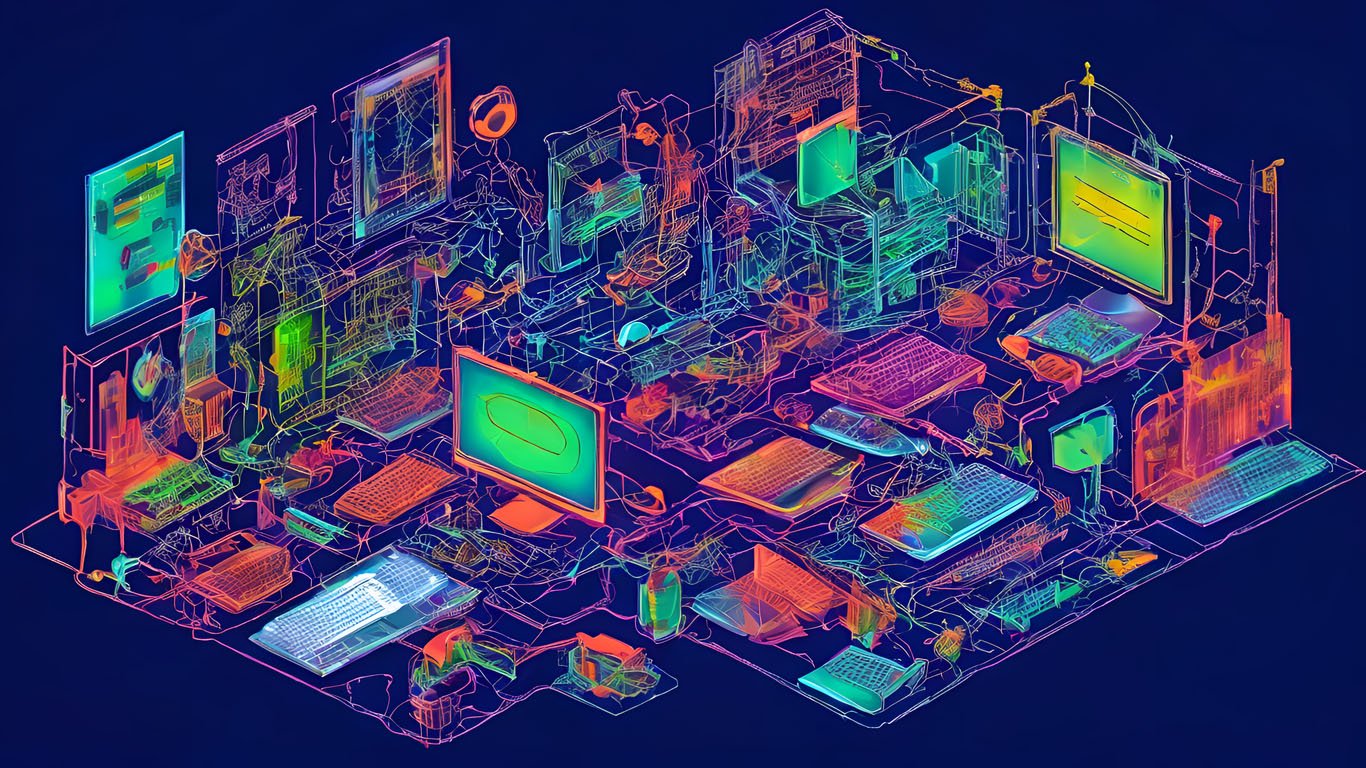Here is an outline of some potential developments in artificial intelligence over the next decade, along with relevant references:
- Improvements in deep learning and neural networks leading to more capable AI systems
- Continued progress in computer vision, speech recognition, and natural language processing powered by larger neural networks and datasets (Amodei & Hernandez, 2018)
- Development of next-generation deep learning architectures like transformers and memory-augmented neural networks (Parmar et al., 2018)
- Advances in reasoning and knowledge representation for commonsense AI
- Combining neural networks with graph networks and modular architectures to capture relationships and perform reasoning (Battaglia et al., 2018)
- Large knowledge bases, ontologies, and semantic nets to represent and infer commonsense knowledge (Gottschlich & Solar-Lezama, 2018)
- New developments in robotics and embodied AI agents
- More advanced robots leveraging improvements in mechanical capabilities, computer vision, and planning algorithms (Kuffner, 2018)
- Research into sim2real transfer and multi-task, multi-modal learning to bridge simulation and the real world (OpenAI et al., 2018)
- Applications of AI accelerators and specialized hardware
- Custom ASIC chips like TPUs and next-generation GPUs to provide massive parallelism for deep learning (Jouppi et al., 2017)
- Exploration of post-Von Neumann, neuro synaptic and quantum computing architectures for AI (Modha et al., 2011; Ciliberto et al., 2018)
The next decade is likely to see significant advances as these frontiers are pushed forward by researchers across fields like machine learning, computer science, robotics, and more. Societal implications remain important to consider as AI becomes increasingly capable.


